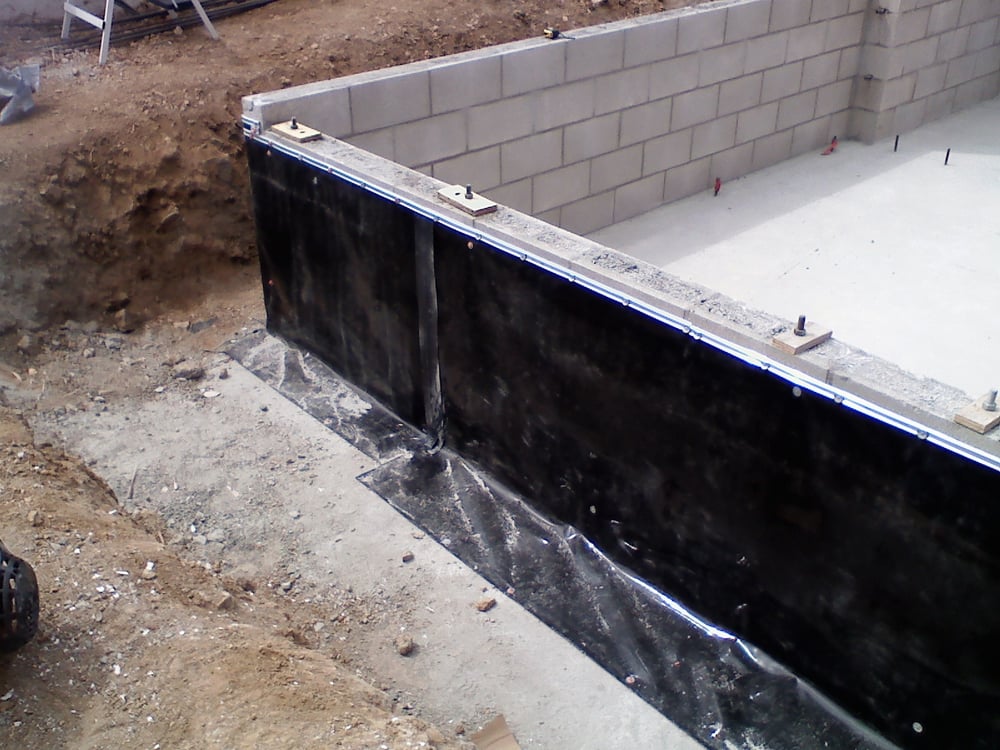Water is a silent but formidable adversary when it comes to the integrity of your home. Beneath the surface, the foundation stands as a steadfast guardian, yet it often becomes vulnerable to infiltration and damage from moisture.
If youve ever experienced the creeping dread of water pooling in your basement or noticed cracks in your walls, you understand the urgency of addressing this issue head-on. With the right strategies and a proactive approach, you can effectively waterproof your foundation, shielding your sanctuary from the relentless onslaught of water.
In this article, we will explore practical methods, essential tips, and expert advice to help you keep water where it belongs—outside your home—while ensuring your foundation remains strong, dry, and secure for years to come.
Signs Your Foundation Needs Waterproofing

Detecting the signs that your foundation requires waterproofing is crucial for preserving the integrity of your home. Look for visible cracks in the walls or floor—these can be gateways for moisture intrusion, signaling a need for immediate attention. Additionally, musty odors or frequent dampness in your basement or crawl space can indicate excessive moisture buildup, which may compromise structural stability over time.
If you notice water stains or efflorescence—a white, powdery residue on walls or floors—this is further evidence of a moisture problem that may necessitate waterproofing. Even small puddles after heavy rain can hint at improper drainage or foundation issues, so being vigilant can save you from catastrophic damage down the road.
Don’t wait until the problem escalates; keeping a sharp eye on these signs might just save your home from the perils of water infiltration.
Essential Tools and Materials for Waterproofing

To effectively waterproof your foundation, gathering the right tools and materials is crucial. First and foremost, youll need a sturdy shovel for digging up the soil around your foundation—don’t underestimate the importance of this simple tool! Next, consider investing in quality waterproofing membranes; these barrier systems will shield your foundation from relentless moisture.
A selection of sealants, particularly those designed for masonry or concrete, will also be essential for filling cracks and gaps that can serve as portals for water infiltration. Additionally, a reliable sump pump can be a lifesaver, providing a proactive solution in areas prone to flooding. Don’t forget to stock up on gravel for drainage, tar for coating foundational walls, and the ever-important safety gear to keep you protected while you work.
Armed with these tools and materials, you’ll be well on your way to promoting a dry, secure environment for your home.
Conclusion

In conclusion, taking the necessary steps to waterproof your foundation is essential for protecting your home from water damage and ensuring its long-term stability. By implementing effective measures such as proper grading, installing effective drainage systems, and waterproofing foundation walls, you can create a barrier against moisture intrusion. Regular maintenance and proactive inspections will further safeguard your property, allowing you to enjoy a dry and secure living environment.
Remember, investing time and resources in waterproofing will not only preserve your foundation but also enhance the overall value and longevity of your home. Keep water where it belongs — outside your foundation — and enjoy peace of mind knowing that youve taken the right steps to protect your investment.


